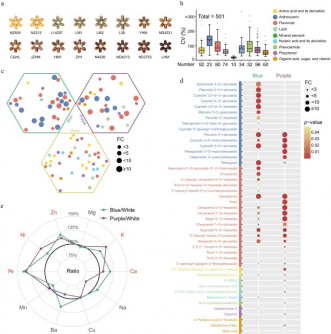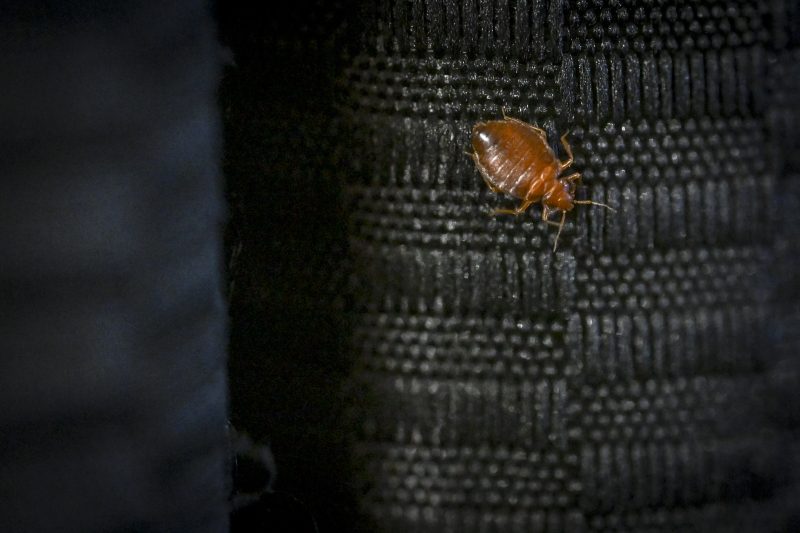New Study Reveals Colored Wheat’s Nutritional Power in Urgent Update

URGENT UPDATE: Researchers at Huazhong Agricultural University have just unveiled groundbreaking findings about colored wheat that could transform global nutrition. A study published on March 7, 2025, identifies 501 essential nutrients in colored wheat, including higher levels of anthocyanins, flavonoids, and crucial minerals like iron and zinc compared to traditional white wheat.
This urgent research highlights that colored wheat—grains that appear blue, purple, or black—are not just visually striking but also nutrient-rich. The study indicates that “green wheat kernels,” harvested during the mid-filling phase, are particularly dense in over 200 nutrients, making them a potential game-changer in the fight against “hidden hunger” prevalent in many parts of the world.
The research team, led by Wei Chen, utilized advanced transcriptomic analysis to pinpoint key genes responsible for anthocyanin biosynthesis. These findings are critical as dietary trends shift from merely “eating full” to “eating well.” The enhanced nutritional profile of colored wheat offers immediate implications for food products aimed at health-conscious consumers.
The study reveals that colored wheat grains contain significantly elevated levels of health-promoting compounds, including B vitamins and essential minerals. Notably, blue wheat was found to be especially rich in glycosylated anthocyanins, while purple varieties held acylated anthocyanins, both contributing to their unique pigmentation.
The implications are profound. As the global population grapples with increasing health risks linked to poor diets, colored wheat could play a pivotal role in improving nutritional intake. The research suggests that these grains can be effectively used in whole grain products, health snacks, and as natural pigment sources—appealing to consumers facing lifestyle-related health challenges such as diabetes and cardiovascular diseases.
Moreover, the study emphasizes the need for urgent research into the micronutrient dynamics of wheat grains. With this latest data, agricultural strategies can be developed to breed wheat varieties with enhanced nutritional content, paving the way for biofortification efforts that could significantly impact food security worldwide.
The complete findings are published in the journal Seed Biology, providing a detailed look at the metabolomic and ionomic profiling of blue, purple, and white wheat varieties. This research not only underscores the nutritional benefits of colored wheat but also outlines strategies for developing health-oriented food products.
As global dietary needs evolve, this study serves as a critical reminder of the importance of enhancing staple crops like wheat. The identified genes and transcription factors offer a roadmap for future breeding programs aimed at delivering nutrient-dense foods to consumers around the world.
For more in-depth information, refer to the original study at DOI: 10.48130/seedbio-0025-0003.
Stay tuned for further updates on how this research could reshape our understanding of food nutrition.






